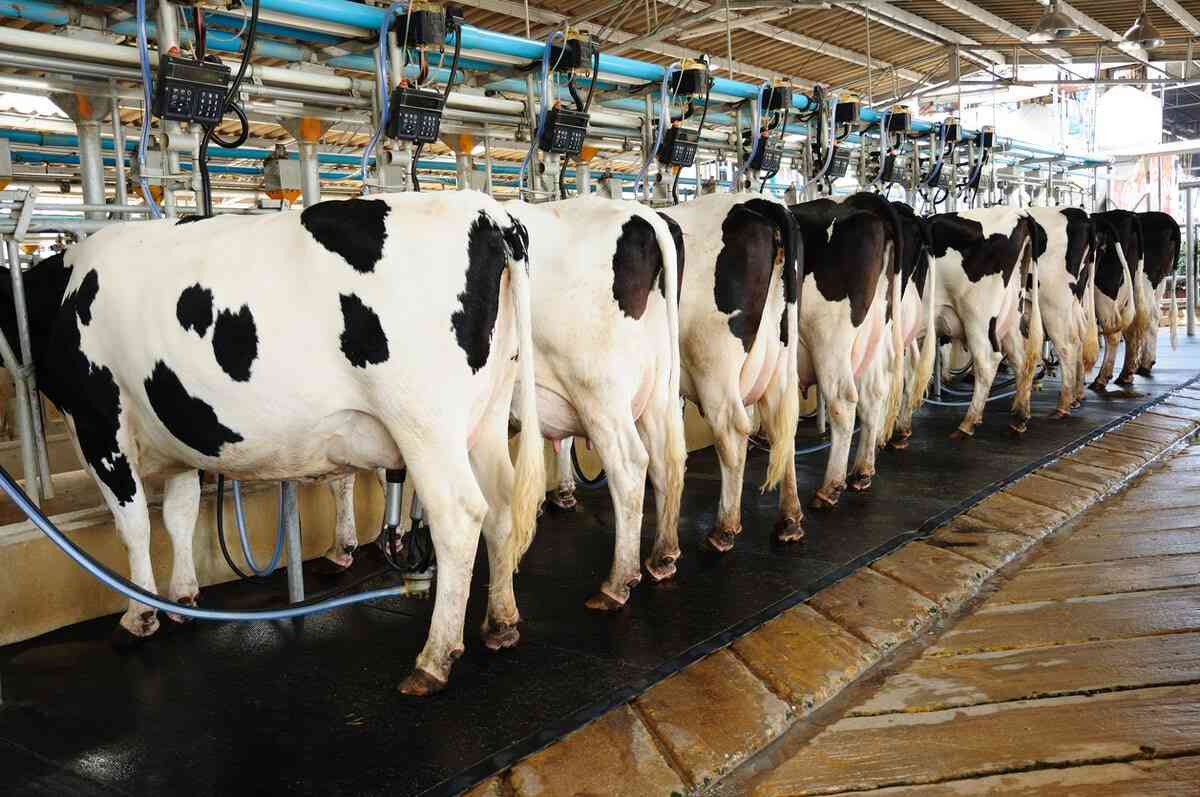
THE number of families that took part in the government’s conservative farming method Pfumvudza/Intwasa programme rose to 52,3% in the 2023/4 agricultural season compared to 47,1% in the comparative period last year, the latest Zimbabwe Livelihoods Assessment Committee (ZimLAC) Rural Livelihoods Assessment (RLA) report on Agriculture Related Shocks has revealed.
The report, however, noted that there was a marked decrease in the use of quality certified seeds from 2023 (47,3%) to 2024 (34,1%), with Mashonaland East province (50,2%) having the highest proportion of households that reported using quality certified seeds, while Matabeleland South had the least (20,5%).
“Mashonaland East (60,4%), Midlands (59,1%), Mashonaland West (56,4%) and Matabeleland North (55,7%) were the provinces that reported high practice of Pfumvudza/ Intwasa,” the report read.
“There was a decline in all livestock practices from the year 2023 to 2024. Dipping practice decreased from 40,5% in 2023 to 33,1% in 2024.”
On improved livestock practices, the report indicated that provision of improved animal shelter decreased from 20,7% in 2023 to 13,6% in 2024.
It further noted that on improved agricultural marketing practices, about 27,7% households accessed agriculture inputs through agro-dealers/agriculture cooperatives, contract farming, government input schemes and loans in kind.
“At least 30,2% of the households were practising drying, packaging and storage and 2% of the households branded and labelled products,” report read.
“About 33,2% of the households were practising minimum tillage, followed by 21,1% which practised contour ridging as water and soil conservative strategies.”
- In Full: eighteenth post-cabinet press briefing June 28, 2022
- Seed Co muscled out of Pfumvudza
- School heads roped in in presidential inputs distribution
- Producers ramp up seed output
Keep Reading
The report said the proportion of households which grew crops decreased across all crops, except for sorghum which had an increase from 19% in 2022/23 to 23% in the 2023/24 season.
“Nationally, 75,1% of the households grew maize, 33,1% grew groundnuts, 23% grew sorghum and 18,7% grew African peas. On average, households reported to have accessed 6,8kg of maize from casual labour and 0,2ks from remittances in the previous consumption year
“The average stocks were 8,3kg of maize and 7,4kg of maize meal. On average, households were expecting to harvest 837kg of maize and 140kg of sorghum. The actual household harvest was 77kg for maize and 14kg for sorghum,” the report read.
It also indicated that the majority of the households (54%) had not put any measures in place to close the cereal gap at the time of the assessment.
It said about 30% of the households were expecting the government to cover the cereal gap.
“Over 20% of the households reported that they will rely on the market to close the cereal gap. Maize grain prices ranged from US$0,39/kg in Hwange to US$0,72/kg in Kariba. Maize meal prices were highest in Lupane (US$0,98/kg) and lowest in Beitbridge (US$0,55/kg),” the report reads.
On the crop pests, the report said Hwedza (65%), Chivi (50%) and Gutu (49%) had the highest proportions of households which reported crop pests as a shock.
The shock exposure index was calculated by multiplying the number of shocks experienced with the impact severity of the shock on the household.
“Shock exposure index increased as compared to 2022. Masvingo and Midlands had the highest average shock exposure index of 10.9, while Manicaland (8.1) had the lowest. Followed by Mashonaland East at 9.3 and Matabeleland North and South both at 9.0 index,” the report read.
On households’ perception of their ability to cope with shocks, the report said most households perceived that they were unable to cope with prolonged mid-season dry spells (68%), death of main income earners (57%) and cash shortage (55%).
“Most households perceived that they did not have the ability to recover from prolonged mid-season dry spells (75%) and cash shortages (62%),” the report read.
“Most households had a perceived inability to cope with prolonged mid-season dry spell (72%), cereal price changes, water logging, cash shortage (62%).”











